In the early morning of June 30, 1908, the serene forests of Siberia were abruptly awakened by a cataclysmic explosion. This event, known as the Tunguska Event, remains one of the most powerful natural explosions in recorded history, leaving scientists and enthusiasts puzzled for over a century. The explosion flattened approximately 2,000 square kilometers of forest, yet remarkably, no crater was found, leading to a myriad of theories and speculations. Could such a dramatic event happen again? And if so, what would be the implications for our world today? Let’s delve deeper into the mystery of the Tunguska Event and explore the potential for a similar occurrence in the future.
The Mysterious Tunguska Explosion
The Tunguska Event is often described as an enigma wrapped in a mystery. Witnesses reported seeing a bright object streaking across the sky, followed by a massive explosion that could be heard hundreds of kilometers away. The shockwave from this explosion knocked people off their feet and shattered windows in nearby towns. Despite the tremendous energy released, there was no impact crater, sparking debates among scientists about the true nature of the event. Was it a meteor, a comet, or something else entirely? The mystery only deepens as researchers continue to uncover new evidence.
Unraveling the Scientific Theories
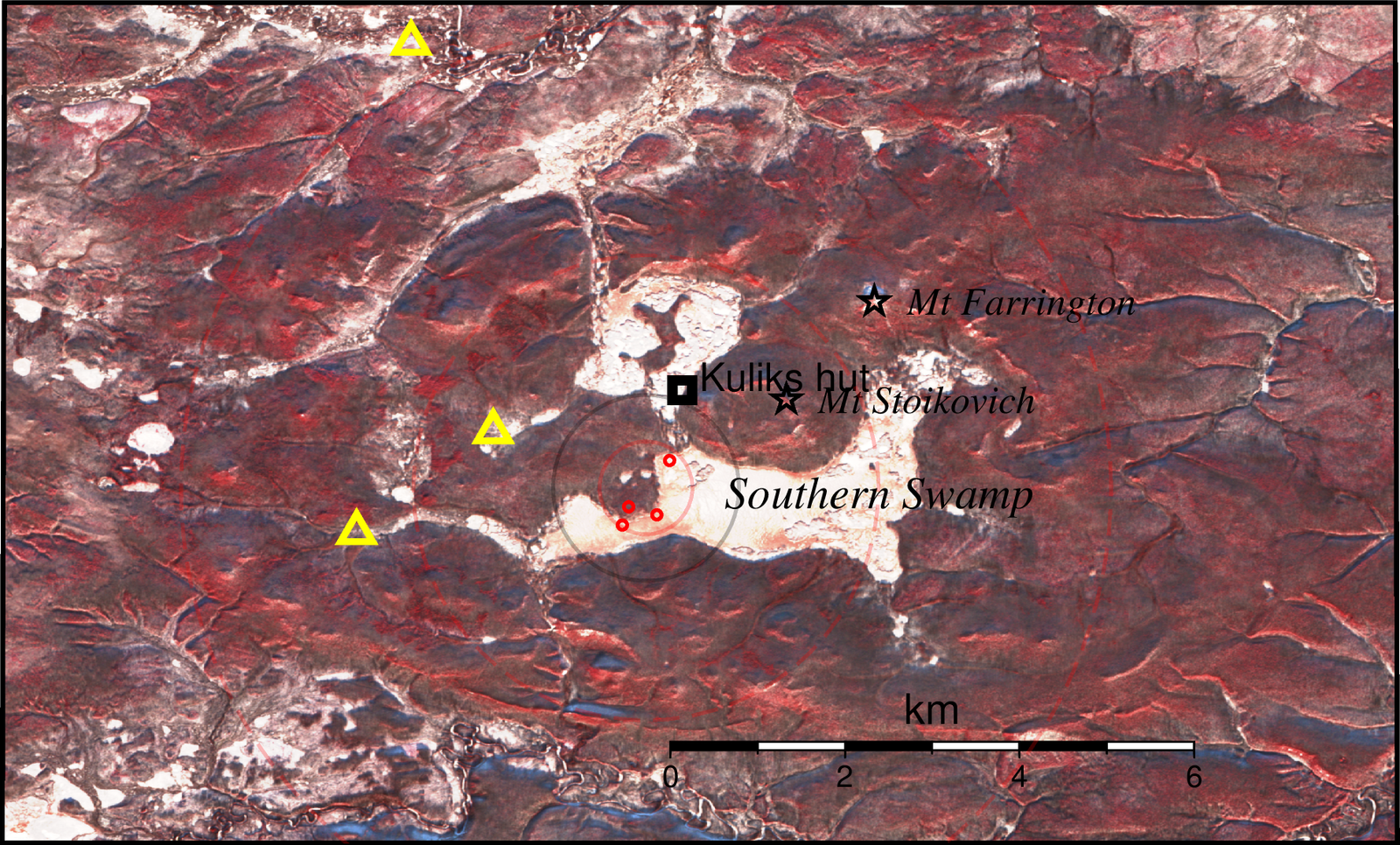
Several theories have been proposed to explain the Tunguska Event, with the most widely accepted being the airburst of a meteoroid or comet. Scientists believe that a space rock, approximately 50 to 60 meters in diameter, entered Earth’s atmosphere and exploded mid-air due to the immense pressure and heat. This explosion released energy equivalent to 10 to 15 megatons of TNT, dwarfing the power of an atomic bomb. Other hypotheses suggest a comet composed mainly of ice, which would have vaporized before reaching the ground, leaving no crater behind.
Examining the Evidence
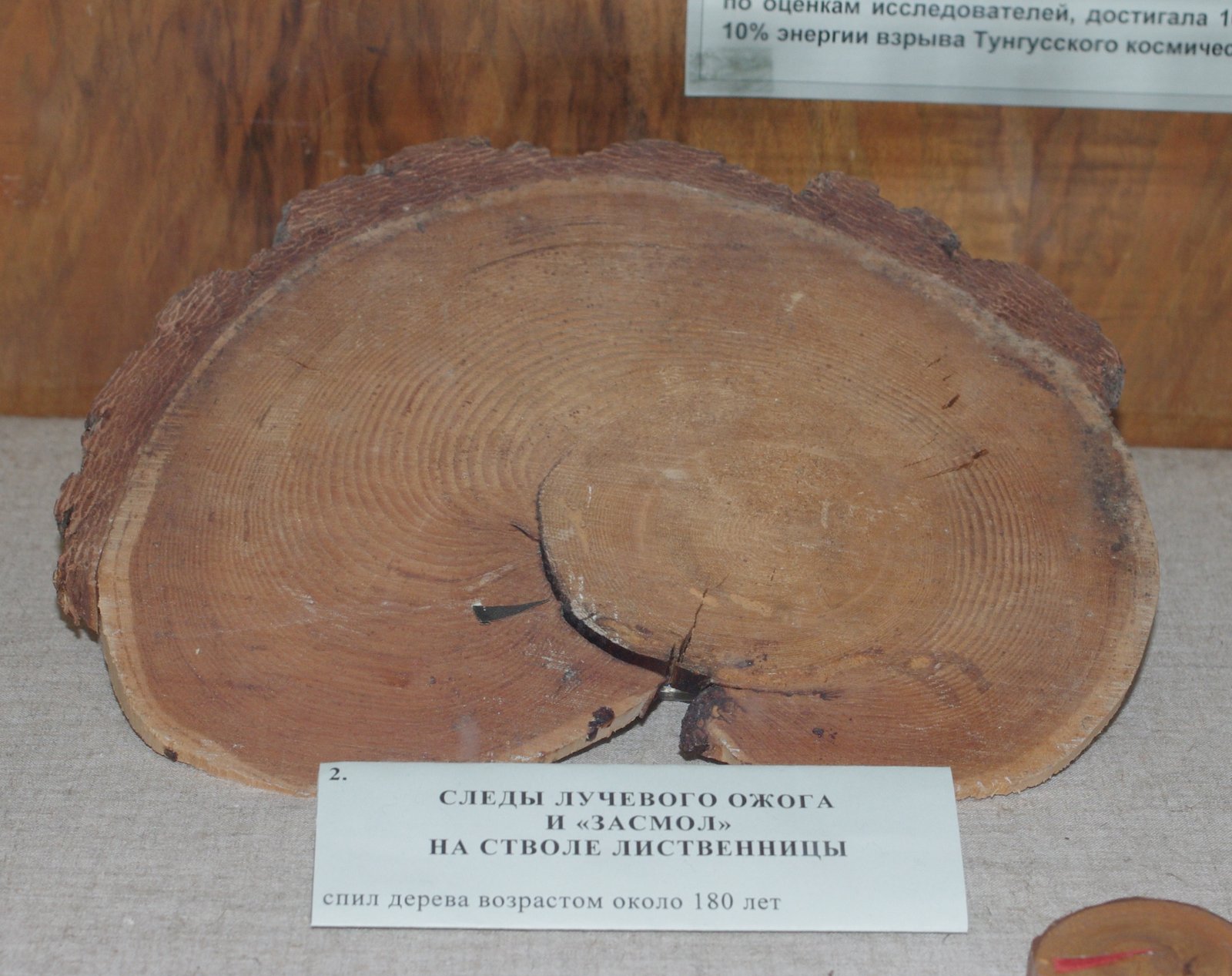
Despite the event occurring over a century ago, evidence of the Tunguska explosion still lingers in the Siberian landscape. The vast area of flattened trees, all pointing away from the explosion’s epicenter, serves as a testament to the force unleashed that day. Soil samples from the site have revealed unusual levels of certain elements, supporting the theory of an extraterrestrial origin. Additionally, microscopic glass spheres found in the soil suggest high-temperature melting, consistent with the intense heat generated by an airburst.
Comparing Tunguska to Other Meteor Events
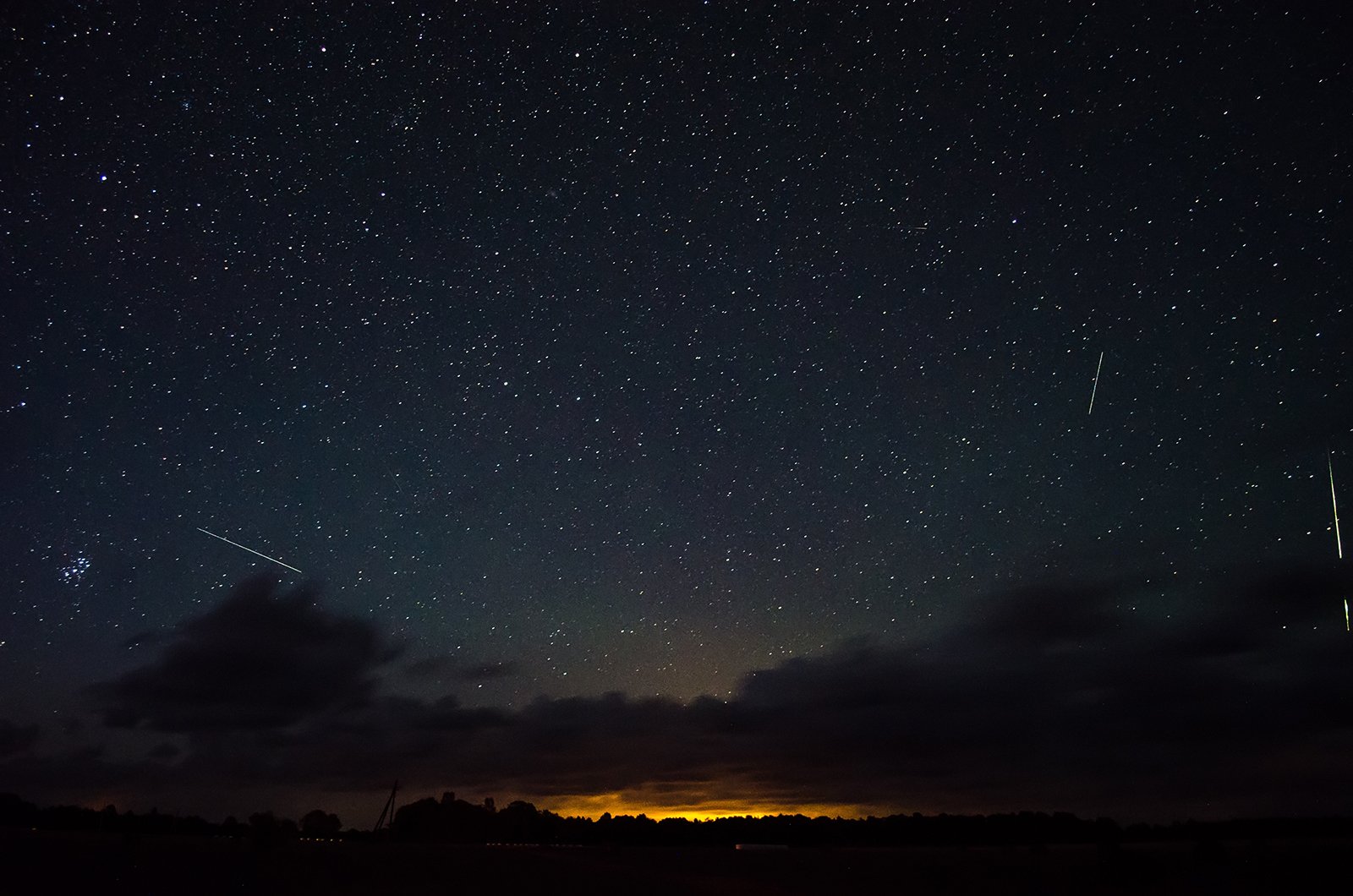
The Tunguska Event is not the only instance of a meteor causing significant damage on Earth. The 2013 Chelyabinsk meteor, for example, exploded over Russia, injuring over 1,500 people and damaging thousands of buildings. However, the Tunguska explosion was far more powerful and occurred in a remote area, sparing human lives. These events highlight the potential threat posed by space rocks and the importance of monitoring near-Earth objects to prevent future catastrophes.
Could a Similar Event Happen Again?
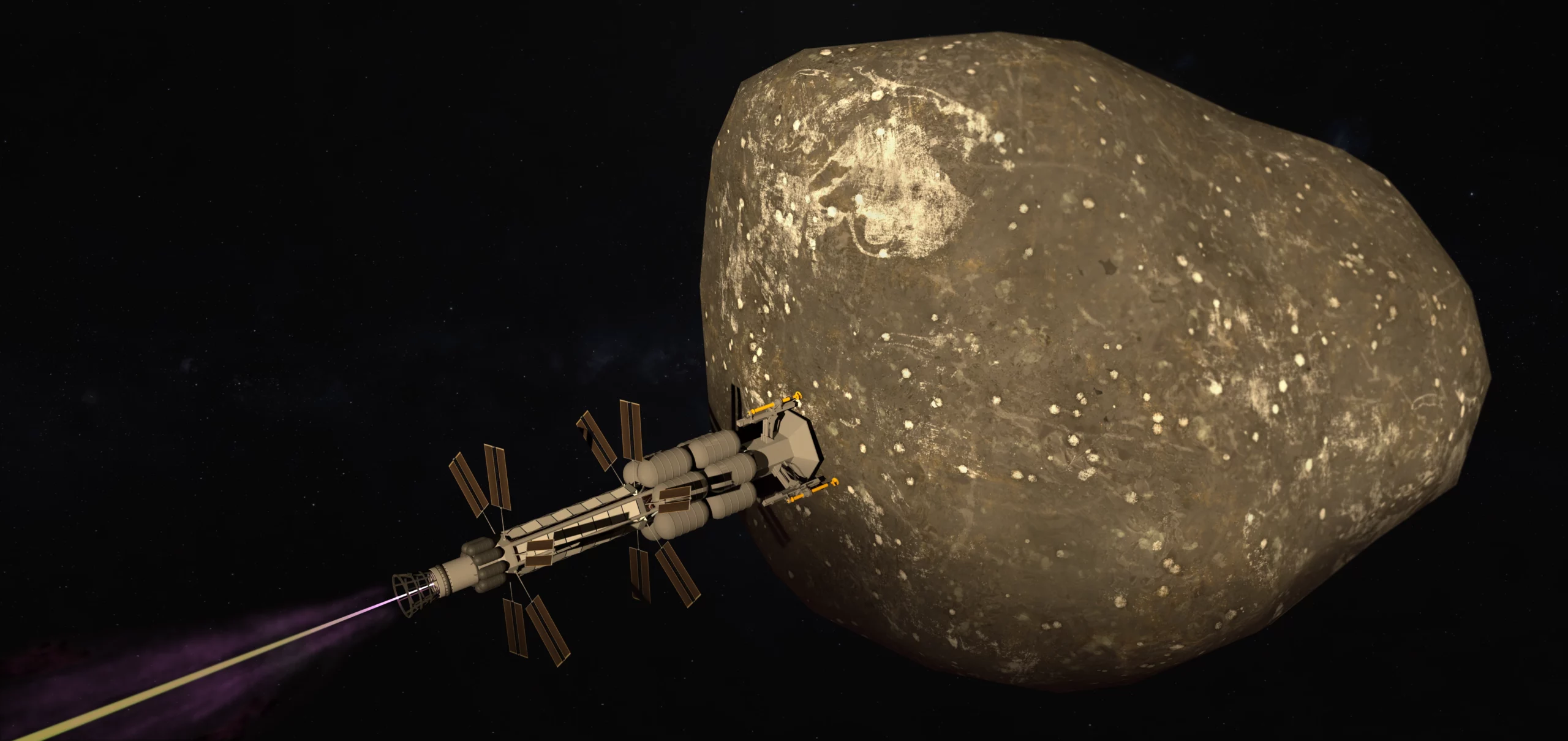
Given the vastness of space and the number of asteroids and comets orbiting the sun, the possibility of another Tunguska-like event cannot be ruled out. While such occurrences are rare, they serve as a reminder of the dynamic and ever-changing nature of our universe. Advances in technology have improved our ability to detect and track potentially hazardous asteroids, but the unpredictability of their paths remains a challenge. The question is not if, but when, another similar event might occur.
Understanding the Impact on Modern Society
If a meteor were to strike Earth today with the same force as the Tunguska Event, the impact on modern society could be devastating. Urban areas could suffer massive casualties and infrastructure damage, while the global economy could experience significant disruptions. The potential for widespread panic and chaos underscores the need for preparedness and international cooperation in developing strategies to mitigate the effects of such natural disasters.
Advancements in Detection and Prevention
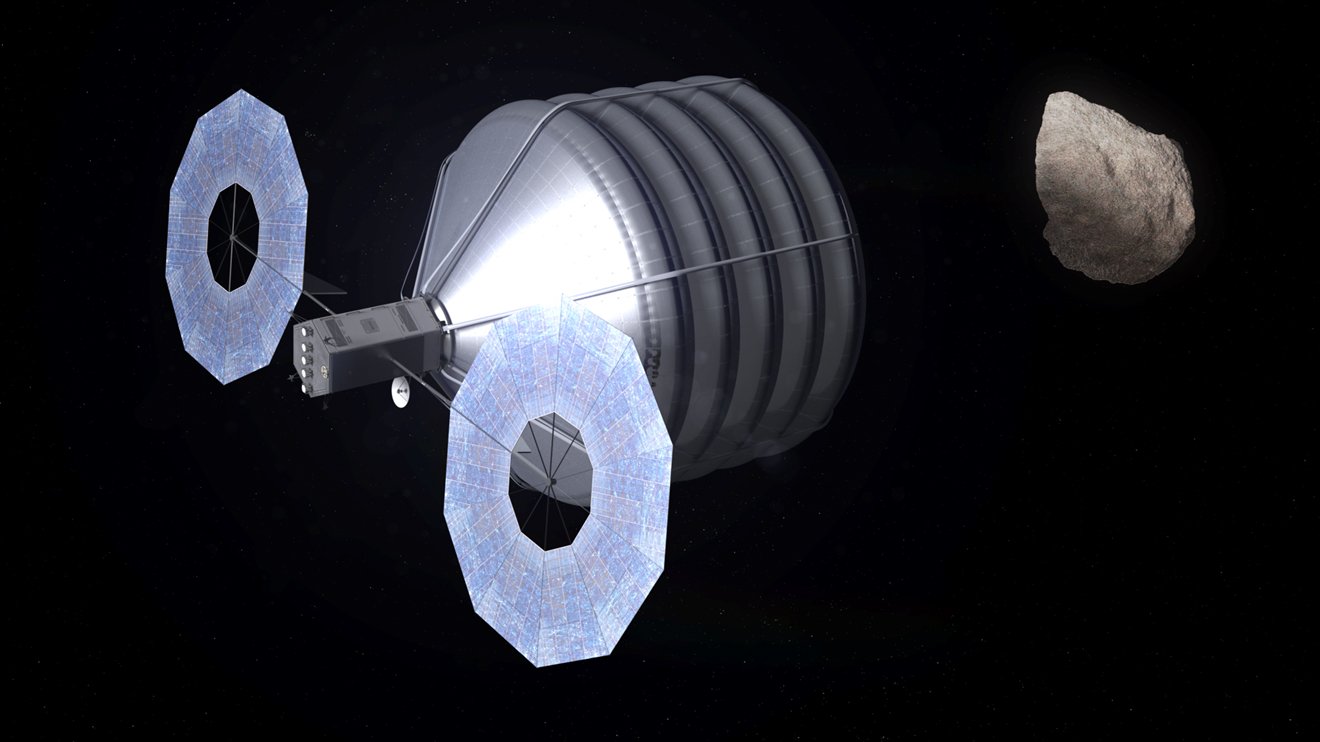
In recent years, significant strides have been made in the detection and prevention of potential meteor impacts. Space agencies around the world, including NASA and ESA, have developed advanced telescopes and radar systems to monitor the skies for any signs of approaching space rocks. Collaborative efforts to develop asteroid deflection technologies, such as the DART mission, aim to alter the trajectory of potentially hazardous asteroids, providing a possible solution to prevent future impacts.
Lessons from the Past
The Tunguska Event serves as a stark reminder of the power and unpredictability of nature. It highlights the need for continued research and exploration of the cosmos to better understand the forces that shape our world. By studying past events, scientists can gain valuable insights into the mechanisms behind such explosions and develop strategies to protect our planet from future threats. The lessons learned from Tunguska continue to inform and inspire efforts to safeguard our world.
The Role of Public Awareness and Education
Raising public awareness and education about the potential dangers of meteor impacts is crucial in fostering a culture of preparedness. By informing communities about the science behind these events and the measures in place to prevent them, individuals can better understand the risks and contribute to efforts aimed at minimizing their impact. Public engagement through educational programs, media coverage, and community initiatives can empower people to take an active role in planetary defense.
Embracing the Unknown
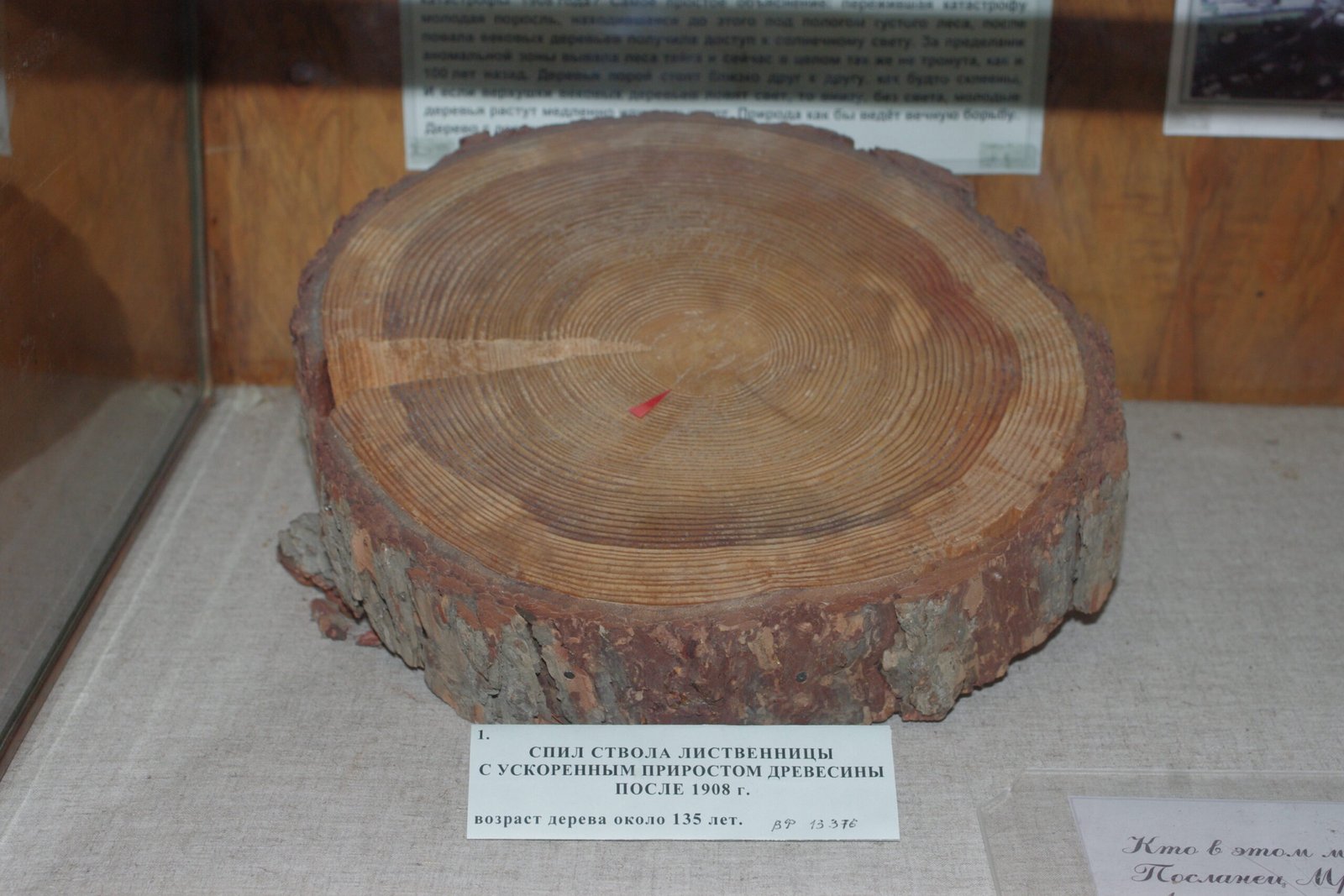
The Tunguska Event remains a fascinating and humbling reminder of the mysteries that lie beyond our planet. As we continue to explore the universe and unravel its secrets, we must remain vigilant and open to the unknown. Embracing the uncertainty of space not only fuels our curiosity but also strengthens our resolve to protect our home. The story of Tunguska serves as a call to action for humanity to unite in the face of cosmic challenges and to strive for a safer and more informed future.




